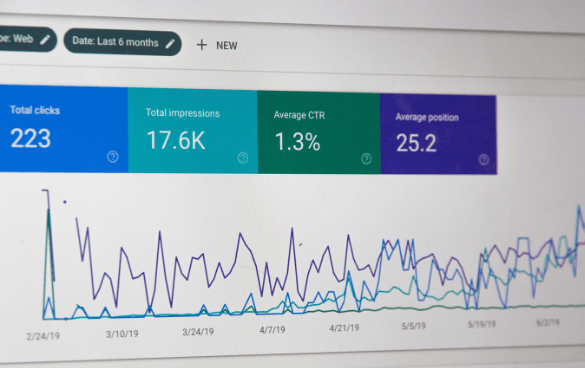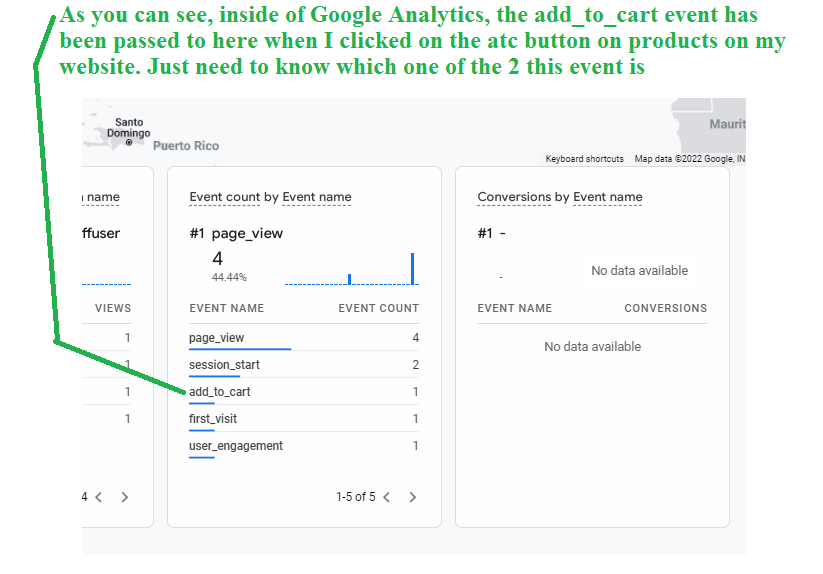Optimizing Your ROI with Remarketing In Google Analytics
Optimizing Your ROI with Remarketing In Google Analytics
Blog Article
Harnessing Remarketing in Google Analytics: A Comprehensive Guide
Utilizing remarketing in Google Analytics provides services a calculated side in connecting to possible clients. The capability to target people who have already connected with your website provides a special chance for tailored advertising efforts. By understanding how to craft audience checklists and release them successfully, services can substantially improve their conversion rates. The complexities of establishing up and enhancing remarketing campaigns require a comprehensive understanding of target market division and performance analysis. This overview will certainly clarify the vital steps associated with taking advantage of the full potential of remarketing in Google Analytics, bring about enhanced marketing end results.
Recognizing Remarketing in Google Analytics
Remarketing in Google Analytics enables organizations to tactically target users that have actually previously interacted with their internet site or mobile application. By leveraging information from Google Analytics, companies can develop personalized remarketing lists based on user habits, such as web pages seen, actions taken, or specific objectives achieved. This effective tool enables services to re-engage with individuals that have revealed interest in their services or items, inevitably raising the probability of conversion.
Comprehending the various sorts of remarketing methods is crucial for a successful project - What Is “Remarketing” In Google Analytics?. Google Analytics provides different options, consisting of conventional remarketing, vibrant remarketing, and remarketing lists for search ads (RLSA) Each type offers a distinct function and can be customized to fulfill specific advertising purposes
Furthermore, analyzing the performance of remarketing campaigns is vital for maximizing outcomes. Google Analytics offers useful understandings into the effectiveness of different remarketing techniques, enabling services to make data-driven choices and improve their targeting method. By constantly readjusting and checking remarketing initiatives based upon analytics information, businesses can make the most of ROI and drive success in their marketing initiatives.
Establishing Remarketing Projects

After establishing up audience checklists, the following action is to connect Google Analytics with Google Ads. By linking these two systems, organizations can flawlessly move target market lists from Google Analytics to Google Ads for remarketing purposes. This assimilation permits for more accurate targeting and far better project efficiency.
As soon as the accounts are connected, services can produce remarketing campaigns in Google Advertisements making use of the audience notes formerly defined in Google Analytics. These projects can be personalized with details advertisement creatives, messaging, and bidding approaches to efficiently re-engage with previous site visitors and drive conversions. By following these steps, organizations can take advantage of the power of remarketing to enhance their marketing initiatives and enhance ROI.
Utilizing Target Market Division Methods

Predefined segments in Google Analytics enable you to promptly assess common audience classifications like brand-new users, returning customers, or users that completed a details goal on your site. Personalized sections, on the various other hand, enable you to create special segments based on details requirements that are very important to your service objectives. Dynamic remarketing checklists immediately adjust based on customer behavior, revealing tailored advertisements to customers who have actually interacted with your site particularly ways.
Studying Remarketing Efficiency Metrics
Upon reviewing the effectiveness of remarketing campaigns in Google Analytics, the evaluation of essential efficiency metrics offers valuable understandings right into target market interaction and find out here conversion rates. By delving into metrics such as click-through rates (CTR), conversion prices, price per procurement (CERTIFIED PUBLIC ACCOUNTANT), and return on ad spend (ROAS), online marketers can evaluate the success of their remarketing initiatives. Examining these metrics allows online marketers to enhance campaigns, refine target market targeting, and allot spending plans successfully to improve overall remarketing efficiency.
Enhancing Remarketing Methods
When refining remarketing methods in Google Analytics, concentrating on audience division is critical for attaining project success. By dividing your target market into specific sectors based on their behavior, demographics, or passions, you can customize your ads extra successfully to each team. This targeted technique increases the possibility of involving customers that have currently shown passion in your services or products, leading to higher conversion prices.
Another critical element of optimizing remarketing methods is continuously screening and Visit Website refining your campaigns (What Is “Remarketing” In Google Analytics?). A/B screening various ad creatives, messaging, or deals can help you determine what resonates finest with your audience and drives the most conversions. By analyzing the performance of these tests in Google Analytics, you can make data-driven decisions to optimize your remarketing initiatives further
Moreover, leveraging dynamic remarketing can substantially enhance your campaign results. This attribute permits you to reveal tailored ads to individuals based upon their past interactions with your site, showcasing product and services they have actually formerly seen. By providing customized content to individuals based upon their habits and interests, vibrant remarketing can help raise engagement and drive conversions.
Conclusion
Finally, using remarketing in Google Analytics is a strategic method to target customers that have previously engaged with a web site. By developing customized audience listings and utilizing target market segmentation strategies, businesses can enhance remarketing projects for boosted conversion rates. Evaluating performance metrics and continually enhancing methods are critical for maximizing the effectiveness of remarketing efforts.
Google Analytics provides different choices, consisting of typical remarketing, vibrant remarketing, and remarketing checklists for search advertisements (RLSA)After establishing up target market checklists, the next action is to link Google Analytics with Google Ads. By linking these two platforms, businesses can seamlessly transfer audience checklists from Google Analytics to Google Advertisements for wikipedia reference remarketing objectives.As soon as the accounts are connected, organizations can develop remarketing campaigns in Google Ads using the audience details formerly defined in Google Analytics.When refining remarketing techniques in Google Analytics, concentrating on audience segmentation is critical for attaining campaign success.
Report this page